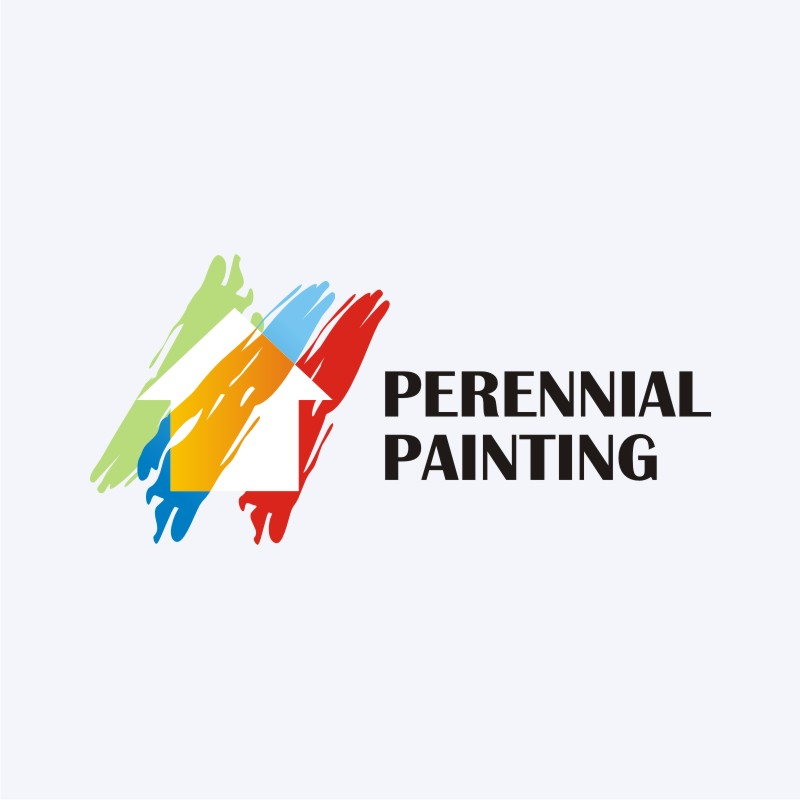Prepare Your Walls For Painting By Making Use Of Key Ideas And Techniques That Make Sure A Remarkable Surface-- Find Out The Necessary Steps To Boost Your Job
Prepare Your Walls For Painting By Making Use Of Key Ideas And Techniques That Make Sure A Remarkable Surface-- Find Out The Necessary Steps To Boost Your Job
Blog Article
Author-Mathiasen Rindom
When you're prepping your wall surfaces for painting, it's essential to follow a methodical process to guarantee a flawless coating. Beginning by analyzing the wall surface for any type of damages; this step can make or damage your task. When you have actually determined any kind of issues, cleaning the surface area appropriately is vital, as a dirty wall surface can affect paint adhesion. Afterwards, you'll need to spot any kind of blemishes and apply a guide. However there specify techniques and suggestions that can boost your prep work game-- let's discover those additional to accomplish the most effective results.
Assessing Wall Surface Problem
Prior to you order your paintbrush, take a moment to examine your wall surfaces' condition. Look for any type of visible damage like fractures, openings, or peeling paint. These imperfections can affect exactly how the paint adheres and looks when it's dry. If you observe any considerable damage, you'll need to focus on fixings before diving right into painting.
Look closely at the structure of your walls. Is the surface area smooth, or exists texture that might require unique consideration? Smooth walls generally require less prep, while distinctive surface areas might require more time to repaint uniformly.
Also, consider the previous paint job. If the old paint is glossy, it mightn't enable new paint to stick correctly. You'll want to know if your walls have actually been painted with oil-based or water-based paint, as this can influence your option of guide or paint.
Ultimately, make note of any type of wetness issues. If you see signs of water damages or mold, address these issues right away to avoid additional problems.
Cleansing the Surface
When you have actually analyzed the condition of your wall surfaces, the next action is cleansing the surface area. Start by collecting your supplies: a pail, cozy water, a moderate cleaning agent, a sponge or fabric, and a scrub brush for tougher areas.
Begin on top edge of the wall and work your way down. Mix the detergent with warm water in your container, after that dip the sponge or towel right into the remedy. Wring it out to prevent extreme dampness on the walls.
As you clean up, pay close attention to locations that may've collected dirt, oil, or fingerprints. For stubborn spots, make use of the scrub brush gently to stay clear of damaging the paint under. Rinse your sponge or fabric often in tidy water to avoid spreading dirt around.
After cleaning, helpful resources to clean the wall surfaces with a wet cloth to get rid of any soap residue. This action makes certain a smooth surface area for the brand-new paint to abide by.
Permit the walls to completely dry completely before going on to the next preparation steps. This detailed cleansing process will certainly aid produce a fresh canvas for your paint job, making certain the most effective outcomes.
Patching and Priming
Patching and priming are important action in preparing your walls for a fresh layer of paint. Initially, inspect your walls for any holes, fractures, or imperfections. Make use of a high-grade spackling compound or patching paste to load these locations.
Use the substance with a putty knife, smoothing it out so it's flush with the surrounding surface area. Allow it to completely dry entirely, and then sand it gently until it's smooth and even.
Once you have actually covered everything, it's time to prime. Primer assists seal the covered locations, ensuring the paint adheres effectively and supplies an uniform surface. Select how to clean liquid latex off a brush for your wall type and the paint you'll be using.
Apply the guide utilizing a roller for larger areas and a brush for corners and edges. If your patched locations are dramatically large or porous, you may intend to apply a second layer of primer after the initial one dries out.
After priming, let whatever dry extensively before moving on to painting. This preparation won't only enhance the look of your wall surfaces but also prolong the life of your paint job.
Take your time, and you'll be pleased with the outcomes.
Conclusion
By following these simple steps, you can accomplish a smooth and expert finish on your wall surfaces. Begin by analyzing their problem, after that clean and spot any type of flaws before applying primer. Bear in mind to allow sufficient drying time and make certain whatever is smooth before you study paint. With the right prep work, you'll establish the stage for a lovely improvement in your room. Now, gather your materials, inhale the fresh air, and prepare to repaint!
